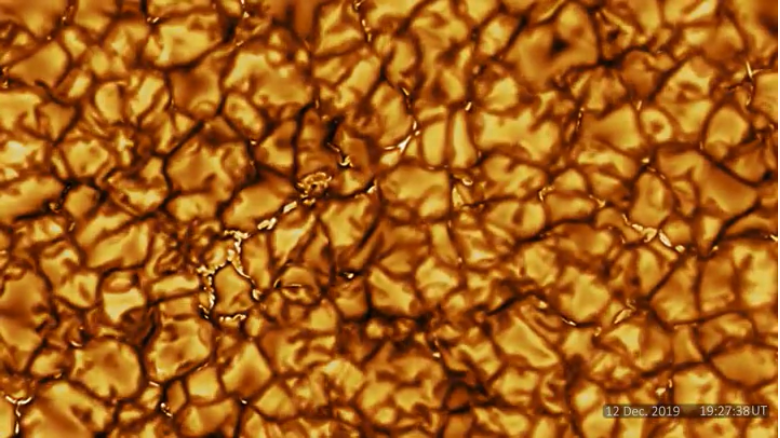On Wednesday, Jan. 29, Inouye Solar Telescope released the pictures of what they called "the most detailed images ever taken of the surface of the Sun."
If you are one of those kids that did their solar experiment on science fair back then, you would love to see how this huge star develops its heat and structure with these very close-up pictures of Mr. Sunshine.
What does the Sun look like up close?
If you would look directly at the Sun on a normal day using sunglasses, you will only see the blazing circular shape of the Sun. That's the closest way a human being can know how the Sun looks like. And that might even hurt if you do it for a long time.
Luckily, the brand-new Daniel K. Inouye Solar Telescope located in Hawaii can now get you to see the Sun closer than ever before without giving you a headache and a damaged eye.
[SHOCKING] One tiny cell of the Sun is as big as a Texas state

The above image is what the Sun looks like up close. Through the Inouye Solar Telescope, this image was taken at 789 nanometers (nm), and people can see features of the Sun with as small as 18 miles in size.
Interestingly, the vast star can be compared to the image of cooking popcorn with lots of sugar on it that slowly melt its way. For this case, the Sun certainly looks insanely hot-- since it is more than 27 million degrees Fahrenheit-- as it rapidly boils down on the image.
One thing that researchers found out using this image is that "what we previously thought looked like a bright point - one structure - is now breaking down into many smaller structures."
These smaller structures or "cells" have the same size as Texas, according to the studies. These cells can help create convection wherein heat from the inside of the Sun is drawn to the surface-- which justifies the prior knowledge that the Sun's corona is one million degrees Kelvin hotter compared to its surface of around 6,000 Kelvin.
How hot is the temperature of the Sun's corona?
Using the released images of the Sun by Inouye Telescope, the blazing heat of Sun's Corona will also be identified and studied. This will help enable researchers to quickly understand and predict the space weather during space travels and building a telecommunication grid on space.
"Since NSF began work on this ground-based telescope, we have eagerly awaited the first images," said France Córdova, National Science Foundation director.
"We can now share these images and videos, which are the most detailed of our Sun to date. NSF's Inouye Solar Telescope will be able to map the magnetic fields within the Sun's corona, where solar eruptions occur that can impact life on Earth. This telescope will improve our understanding of what drives space weather and ultimately help forecasters better predict solar storms," added by him.
ALSO READ: Black Hole 30,000 Times More Massive Than Sun Detected At The Center Of Milky Way Galaxy
ⓒ 2025 TECHTIMES.com All rights reserved. Do not reproduce without permission.




